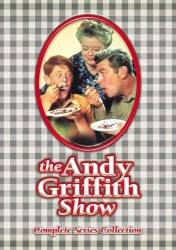
Revealing mistake: At the end, in the shots of the kids dancing in class, the width of the wall between the shelf/coat hooks and the perpendicular wall with the door has bizarrely increased by 1-2 feet, but that extra width is gone in previous and following shots. Presumably they needed extra space for all the kids to dance so they moved that left wall.






Answer: As noted in the previous answers, in real life, things like this provided wind and/or rain deflection, and also maintained a bit of privacy when blinds were raised somewhat. The interior courthouse set was located in the studio, so the "outside" Main Street didn't exist. I believe these things were added to the courthouse windows for practicality, to avoid some crew movement being visible on the opposite side of those windows. These are not "window boxes" to hold anything, as they're actually bottomless; we can see the Venetian blind's long pull cords under them. They're made of plywood and simple to build, so the "material and labor" was inexpensive. Similar variations made of different materials are in other movies/shows. In 1957's "12 Angry Men," textured chicken wire glass panels are in the jury room windows, and in "Jesse Stone: Night Passage" another type is in Jesse's office windows.
Super Grover ★